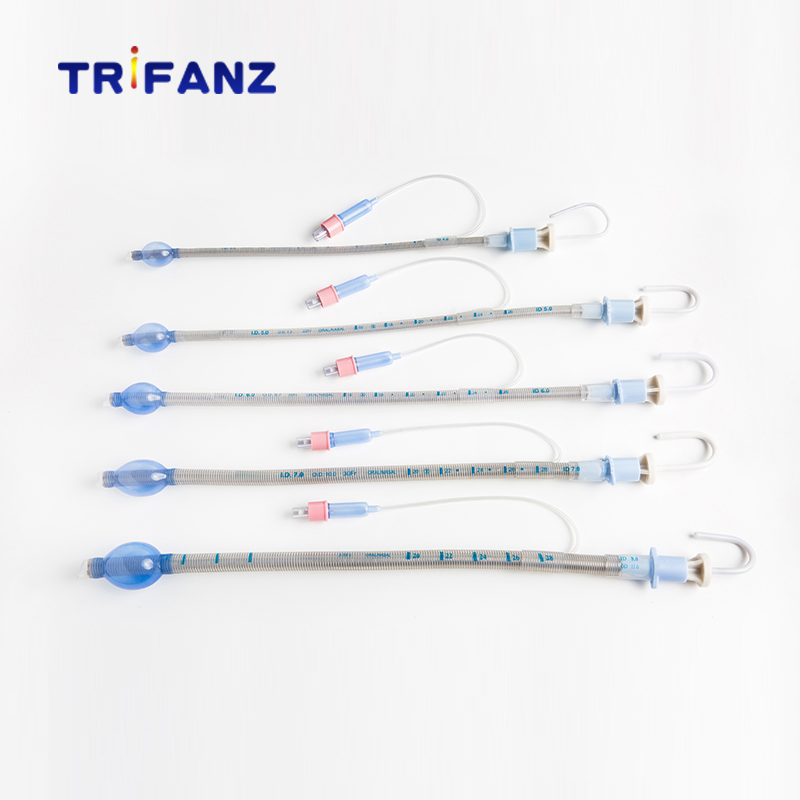Persimmon is a fruit tree that is widely cultivated, easy to manage, has a long life, and yields high. The country of origin, Japan, and North Korea are also cultivated. Persimmon deciduous trees, trees
Up to 10 meters or more, about 16 meters crown, life expectancy for hundreds of years.
First, persimmon root nutrient growth characteristics,
The persimmon tree root differs from the rootstock. Junqin anvil, shallow roots, fine roots, root hair long and long-lasting, lateral roots stretch very far, so resistant to drought and drought. Persimmon root system
Deeper distribution, less lateral roots and fine roots, moisture-resistant and not cold-resistant. The root system has two to three growth peaks in one year, and it is most prosperous in the rainy season and stops in November.
Persimmon is warm, has a strong root system, and has a wide range of absorption fertility. Therefore, soil requirements are not strict. However, with deep soil, the groundwater level is below 1 meter and water retention
Fertility loam or clay loam is suitable. The pH requirements of persimmon vary depending on the type of rootstock. Junqin is suitable for neutral soils and is also slightly acidic or slightly resistant
Alkali and wild persimmon stocks are suitable for slightly acidic soils. It is suitable in the range of pH 50.~6.8. Total soil salt content cannot exceed 0.1% ~ 0.13%, soil CL and
When SO42 is high, the growth of persimmon trees is unfavorable.
二〠Persimmon Fertilization Technology
(I) Fertilization period
The persimmon tree requires a period of growth in parallel with the development of shoot growth, flowering, and results. There are "flowering fertilizers", "stabilizing fruit fertilizers" and "strong fruit fertilizers" on production.
Several key periods of fertilization.
1. The basal fertilization is generally applied before and after harvesting (from September to October) or budding (in March), and it is best to apply it before harvesting. The basal fertilizer is dominated by organic fertilizer, and the amount applied is 1/2 of the whole year.
Pay attention to the application of nitrogen, phosphorus, and potassium fertilizers combined with watering and fertilizers.
2. Top dressing is mainly available nitrogen, phosphorus, potash fertilizer, human waste, etc. It can be applied in several periods.
Before flowering, it is better to chase after late April to early May. Too much fertilizer too early can easily cause drop and fruit drop.
Post-harvest top dressing: After the persimmon tree is blossomed, quick-acting nitrogen fertilizer is mainly used, followed by phosphate fertilizer, and it may also be combined with spraying certain trace element fertilizers.
Strong fruit fertilizer: persimmon fruit enlargement and flower bud differentiation period; generally from late June to mid-July, with nitrogen fertilizer, phosphorus and potassium fertilizer amount.
Late fruit growth: After mid-August, increase the nutrient accumulation of the tree, prematurely will stimulate the occurrence of autumn shoots.
(two) amount of fertilizer
The general result is a large tree of about 1,000 kg, and 300-600 kg of organic fertilizer is applied annually. 3~5 years old saplings 100 kg of organic fertilizer, plus ammonium sulfate
0.2 kg. Table 7-26 is for reference only.
Table 7-26 Percentage of NPK applied to persimmon (180 strains/ha)
Three elements 1 year (kg) 5 years (kg) 10 years (kg) 15 years (kg) 20 years (kg)
N 1.88 3.76 7.52 9.40 11.13
P 1.33 2.26 4.51 3.76 6.77
K 1.50 3.01 6.01 7.52 9.02
(three) fertilization method
1. Soil fertilization varies according to the development and extension of the root system and fertilizer and soil types. There is a ring, radial, whole fertilization method.
2. The time, number, and concentration of top dressing fertilizers outside root dressings depend on the birth cycle and tree vigor. Usually in the spring shoot growth, before and after flowering can be sprayed 2 to 3 times.
0.3%~0.5% urea solution before flowering, 0.1%~0.5% boric acid, 0.3%~0.5% urea solution after anthesis, 0.2%~0.3% potassium dihydrogen phosphate, fruit growth peak at the end of June
Spray urea and phosphorus and potassium fertilizer mixture 1 or 2 times. During the secondary expansion and coloring of fruit, spray 1~2 times of available nitrogen and 0.2%~0.3% of phosphorus and potassium fertilizer (ammonium phosphate, chlorine
Potassium, potassium sulfate, etc.).

Features
2. Made of medical grade silicone
3. DEHP free Available
4. High volume low pressure cuff and Low profile cuff available
5. Transparent and Smooth
6. Murphy eye, X-ray marker
7. Latex free, Single use
8. Camber Blister packing(Dialysis paper+Shrink film) or Dialysis paper+film packing available
Silicone Tracheal Tube,Reinforced Endotracheal Tube,Endotracheal Tube Cuffed,Reinforced Tracheal Tube
Hangzhou Trifanz Medical Device Co., Ltd , https://www.cfzmeds.com